For a long time, many technologically leading manufacturers have devoted themselves to the development of highly integrated radar vision technology to achieve precise and unaffected effects by environmental noise. A huge airplane can only be presented as a single point on the screen, which is already an old radar screen of the past. Nowadays, millimeter-wave sensors using TI’s unique millimeter-wave technology can help us see and classify objects with detailed outlines to achieve "seeing is believing."
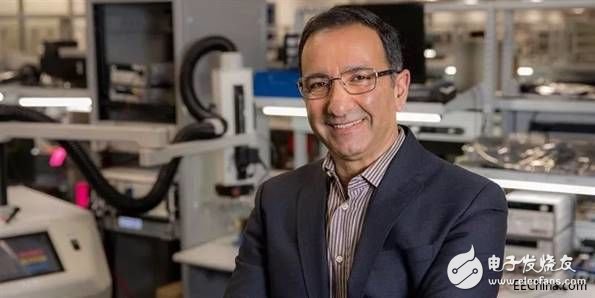
Imagine a sensitive machine that can avoid obstacles even in harsh conditions such as dust, darkness, fog or rain; a security system that can see intruders through walls; a drone can detect the naked eye Invisible overhead cables; a tiny radar mounted on the tip of surgical tools can detect biomass; or a tiny sensor can monitor arterial wall and vocal cord movement.
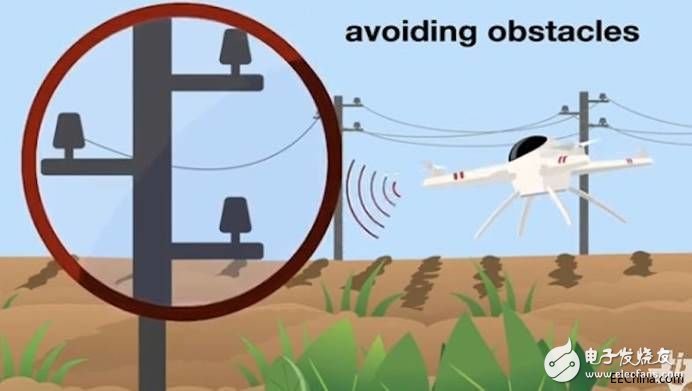
This kind of machine vision relies on complex complementary calculation methods, and is usually used to form accurate object images in applications in the fields of automobiles, factory automation, building automation, and medical treatment. Active sensors transmit one or more wave streams and intelligently convert reflections into images. (Read our white paper to learn more about TI millimeter wave radar technology, "Millimeter Wave Radar: Achieving Higher Intelligent Autonomy at the Edge.")
InnovatorOf course, radio detection and ranging (radar) are not new technologies. Every pilot autonomous operation and every autonomous cruise control flight mission requires the participation of the radar system. This concept was born during the Second World War and has been widely used ever since. This concept not only played a pioneering role in military applications, but also made great contributions to applications in other fields. Applications such as air and ground traffic control, ground and underground mapping, weather forecasting, automotive advanced driver assistance systems (ADAS), and medical monitoring are all equipped with electromagnetic (EM) ranging.
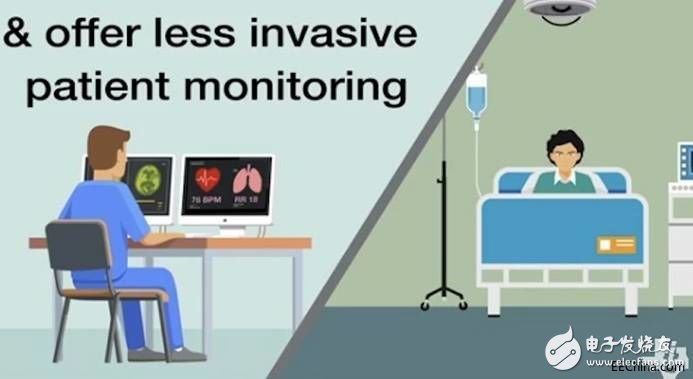
Although low-frequency technologies such as ultrasonic ranging and imaging have been widely used and the cost is acceptable, they are limited to short distances. The radar has a wide range of operating frequencies, from 300 MHz to 300 GHz, including 78-81 GHz for automotive applications and 60 GHz for industrial applications. At low frequencies, electromagnetic propagation attenuation is small. Low-frequency radar can cover a long distance, but requires a large antenna or multiple antennas to compensate for the limited accuracy and angular resolution. The higher the frequency, the greater the attenuation, but the resolution and accuracy also increase with it. Moreover, at higher frequencies, the integration of radio, baseband and antenna is more practical. At ultra-high frequencies, the resolution of the optical sensor is unmatched, but at ultra-high frequencies, the optical sensor may be blurred by surrounding obstacles.
However, until recently, due to cost, technical complexity, and accuracy, radar was not widely used in many automotive and industrial applications. But a monolithic millimeter-wave sensing Solution on Texas Instruments' CMOS chip can change this challenge.
Easy to useOnce, deploying radar required a lot of radio frequency (RF) design and expertise. Accurately integrating antennas, radio frequency, analog, digital processors and appropriate interfaces requires expensive and cumbersome designs.
But now, our integrated radar chip brings many innovative plug-and-play solutions. In addition to standard automotive applications, many industrial and commercial applications can also benefit from the easy-to-use TI millimeter wave sensors. The efficiency and convenience of the integrated DSP and microcontroller will provide multiple uses. It can improve the overall performance by real-time monitoring and correcting front-end abnormal conditions. In addition, it also provides an on-chip platform for local applications and data analysis.

For example, embedded millimeter wave sensors on drones can detect the quality of agricultural soil and crops. Sensors in industrial chemical storage tanks can detect liquid level and vapor density. Sensors with integrated analysis engine can detect, count and analyze the movement of personnel. A tiny sensor can monitor the patient's heartbeat and breathing pattern. A series of TI millimeter wave sensors in the patch can monitor the core body temperature and the condition of the arterial wall in an instant. In some applications, integrated devices can even replace ultrasonic sensors while providing more functions on car bumpers.
ScalabilityRadar technology has already played a role in many aspects. Long-range narrow-ray radars require different antenna configurations and higher power. For example, the Advanced Driver Assistance System (ADAS) radar in the medium and long range can detect objects as far away as 250 meters with millimeter-level accuracy. The short-range TI millimeter wave sensor with a wider beam is used for short-range detection, such as detecting objects near a car or liquid level detection in industrial applications.
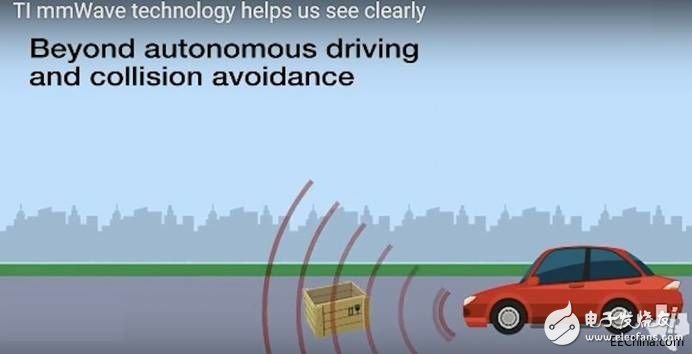
The radar system detects objects in three-dimensional space based on range (distance), frequency (speed) and angle (angle resolution). The angular resolution of the radar depends on the aperture of the antenna. Using multiple antennas on the module can provide higher angular resolution. The scalability of transmit power, signal waveform, number of antennas, and processing capabilities make TI millimeter wave sensors widely used.
Edge signal processing run by an integrated powerful processor can provide data analysis for pattern recognition and artificial intelligence algorithms at the edge. Edge processing technology allows the robotic arm to process sensors locally; LIDAR technology, radar image positioning processing, and TI millimeter wave spectral sensors that can detect dangerous factors in industrial tanks are also examples of edge processing.
Time, frequency, spaceIn addition to the time of flight, the change in frequency caused by the relative speed of the transmitter and reflector can be picked up by the radar system. Law enforcement officers use these systems to detect speeding offenders.
The radar sends the signal continuously in a modulated waveform. This advanced signal processing algorithm, called frequency modulated continuous wave, receives waveforms in the three dimensions of time, frequency and space to synthesize the image of the object. Unlike cameras, these images are the outlines of objects, which also avoids privacy concerns.
Distributed sensors can monitor a wider field of view and resolve objects at the same distance but at different locations. A series of synchronized sensors have been deployed in the high-cost Inverse Synthetic Aperture Radar (ISAR). With CMOS TI millimeter wave solutions, synthetic arrays require only a fraction of the cost and complexity of aperture radar (ISAR) to provide large apertures capable of high-speed and high-resolution imaging.
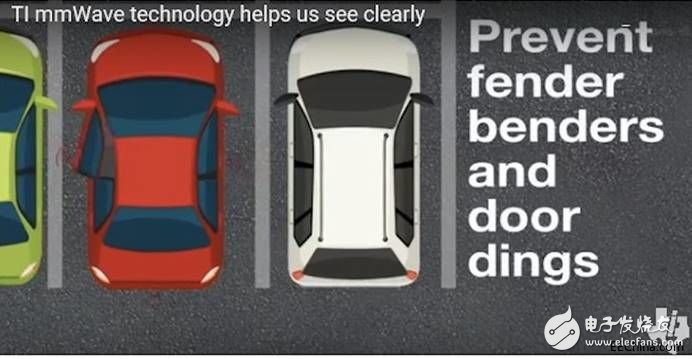
Imagine installing multiple TI millimeter wave sensors on a car bumper, which can distinguish objects within a distance of 1 degree. Modern radars use miniature Doppler radars and cascaded radars to view objects through detailed contour depiction and classification of models. It can determine whether an object is a truck, a small vehicle, or a person. The array processing and sensor fusion of multiple distributed sensors can provide high-resolution images, but involves a lot of data and requires a lot of bandwidth. The local signal processor can eliminate the need for a high-speed interface to the central processing unit.
We will continue to work on improving the resolution and combine complex algorithms such as simultaneous positioning and mapping and synthetic aperture radar to make it the mainstream imaging technology. In the future, the combination of radar and LIDAR can provide the best vision solutions for more applications.
The innovation of semiconductor technology goes beyond radio frequency, analog and digital signal processing, and brings the revolution of millimeter wave sensors. Radar systems that were limited to small defense and space applications in the past are now deployed in automotive and industrial applications. These technologies have broadened our horizons and provided tremendous opportunities for innovation.
Power Cables,Ac Power Cord,Long Extension Cord,Waterproof Extension Lead
TRANCHART Electrical and Machinery Co.,LTD , https://www.tranchart-electrical.com